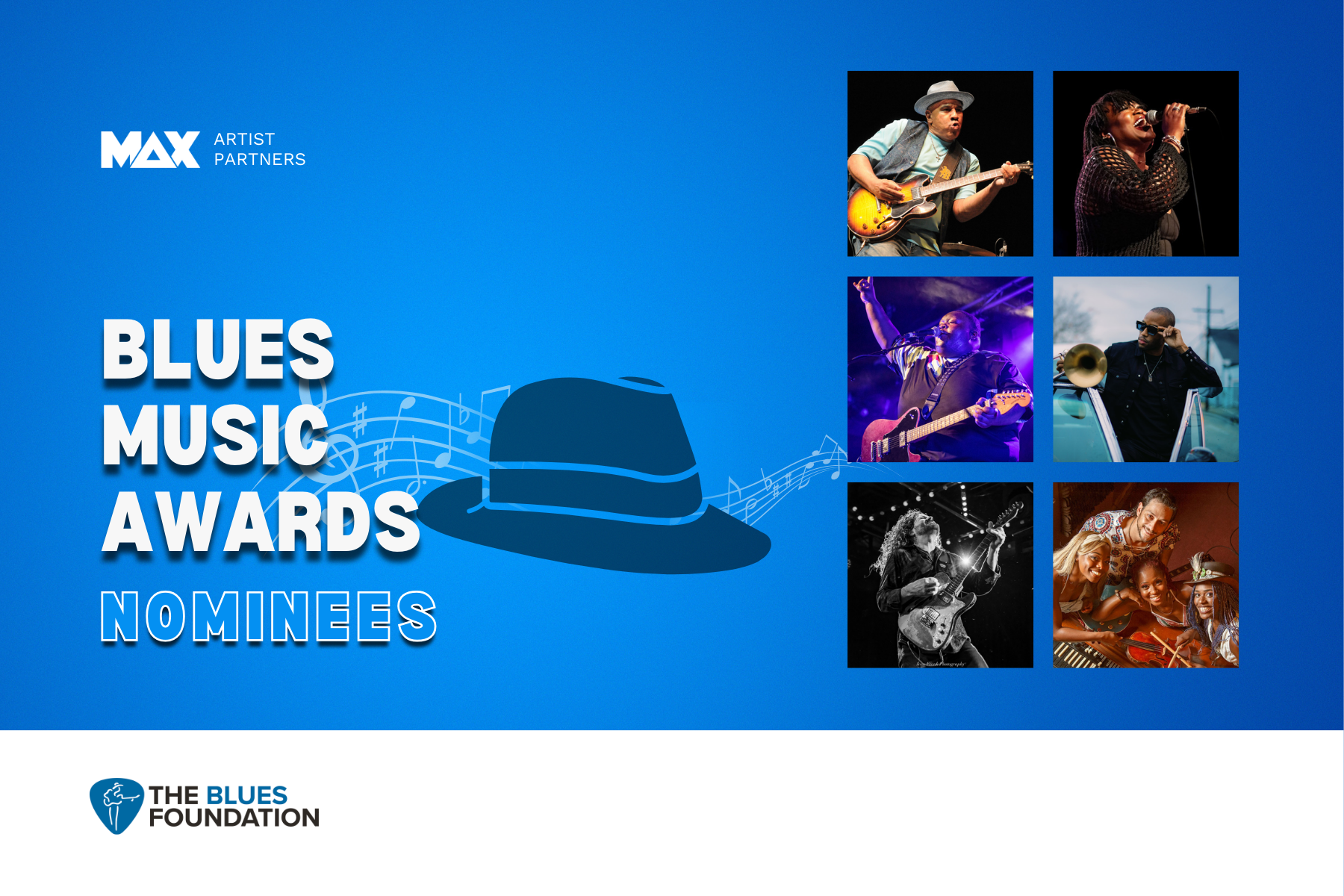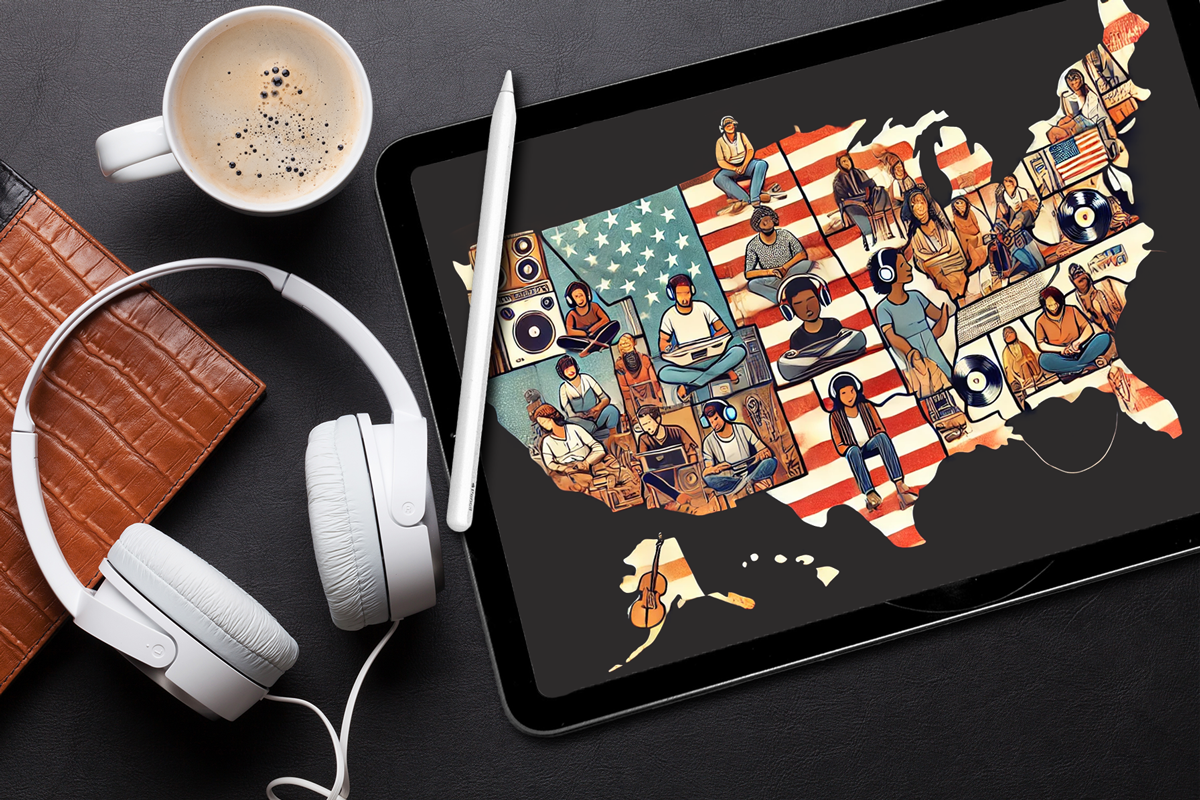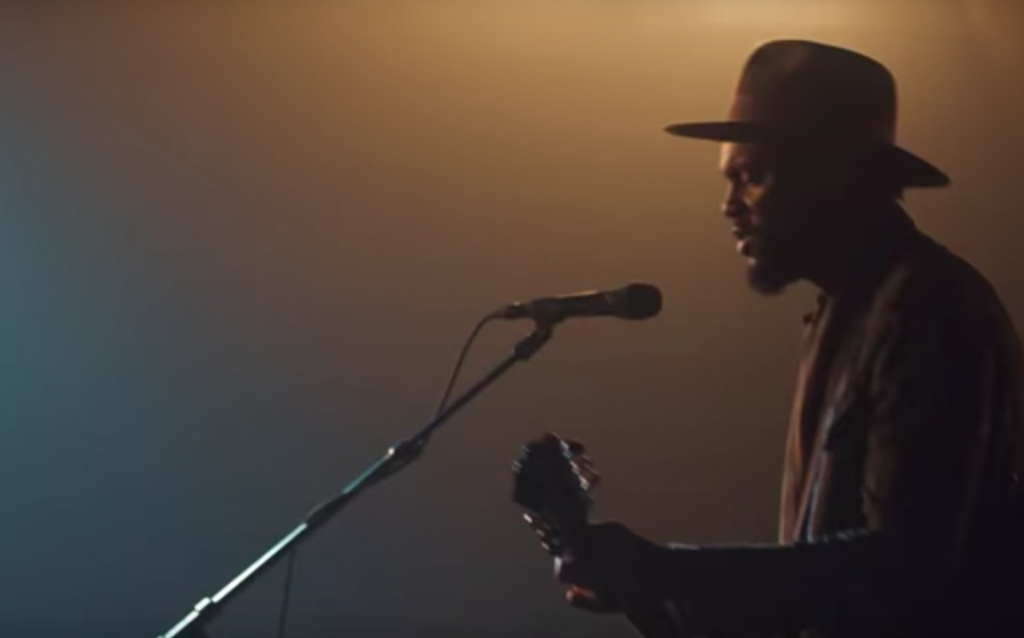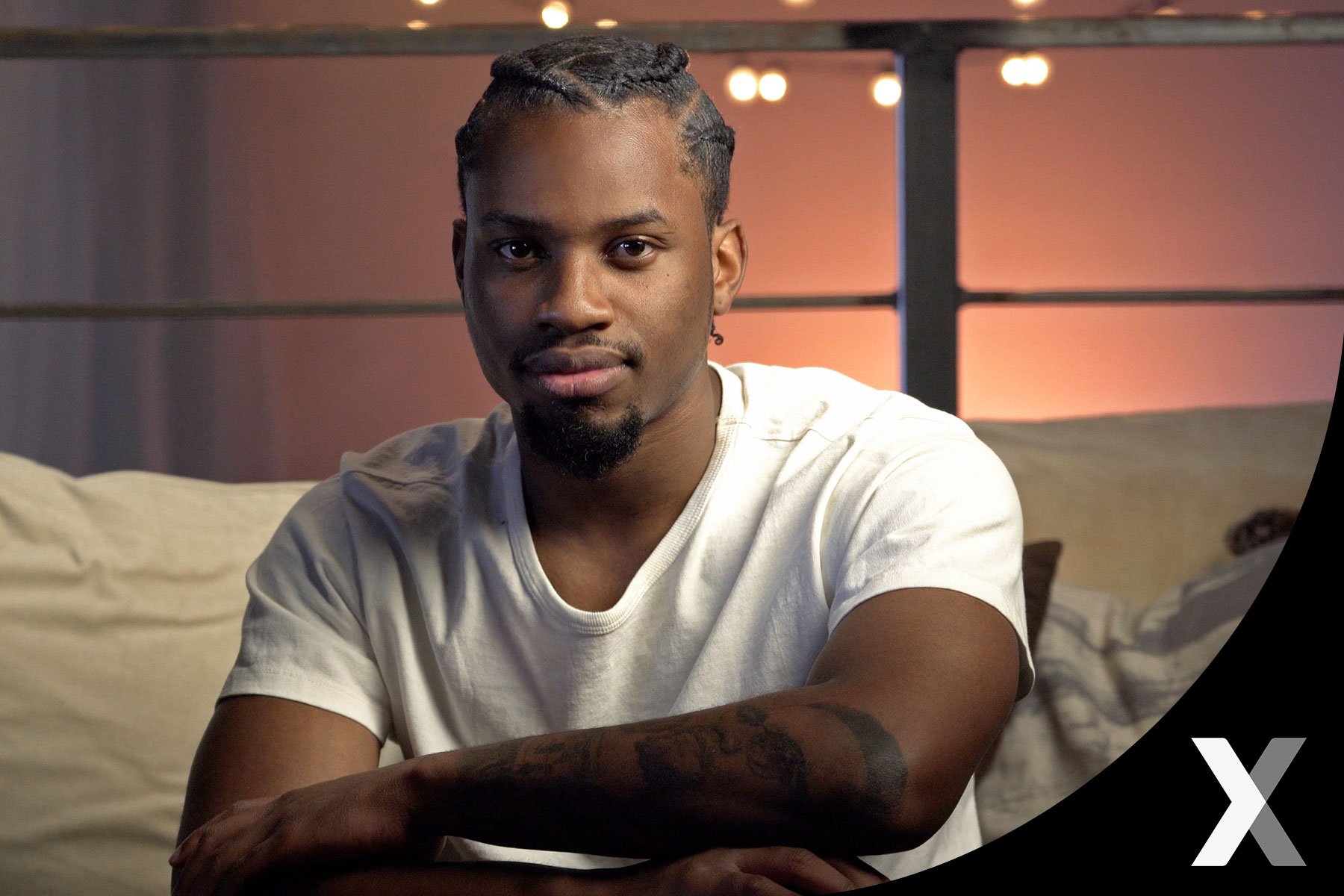2025 Blues Music Awards
We’re fired up to celebrate our incredible artist partners who are nominated for the 2025 Blues Music Awards! 🎶🏆Blues music may be timeless, but...
3 min read
Justin Mink : March 18, 2015

As marketers take aim at tapping the huge and growing millennial market, it seems that every brand on the planet has developed a content and social media program. However, many brands still struggle to adapt to the new rules of content, continuing to wrap blatant, one-way advertisements in the cloak of social media. Savvy consumers see right through this, and a brand’s reach and social engagement with customers can vary wildly from post to post depending on the quality of content posted.
Case in point: check out the Facebook page for mega-brand Visa. Visa has 18 million Facebook likes, but only occasionally do they optimally marry the medium with the message. When posts contain tips about where to use the Visa card (vacations, restaurants, etc.), engagement is dismal. A post on January 30 that plugged the Visa Checkout product garnered a paltry 163 likes, four comments and only one forward. So out of 18 million people who presumably check out the Visa profile from time to time and see Visa posts in their feed, only .0009% liked the post. Further, many who glanced at the post and declined to like or comment probably felt advertised to rather than engaged with (I’d be curious to see data about how many page-likes brands lose on their least successful posts).
Conversely, on the very same day Visa posted a video showing wide receiver Odell Beckham, Jr. and Drew Brees breaking the Guinness Book World Record for one-handed football catches at an ESPN event, accruing over 70,000 likes and 15,000+ shares. The proof is in the pudding: this content clearly speak to what Visa fans care about (Visa smartly juxtaposed the difficulty in breaking a world record with the ease of paying online with Visa Checkout, then launched the hashtag #CheckoutODBrees and saw the content go viral).
In REI’s case, on January 22 the outdoor retailer (with 900,000+ Facebook likes) garnered a whopping 23,400+ likes and 500+ shares on a post that compiled sunset photos originally posted by their Instagram community. Just six days later, a product bit on REI’s yoga mats collected a lowly 218 likes and three shares. (Yikes!) That is a huge swing, and it’s all because of genuinely engaging content vs product pushing.
But why would a brand not want to inform its customers about its products? A brand has essentially acquired a customer and permission to communicate once someone has liked its page. In order to develop an authentic relationship (and to seed social evangelists), a brand must identify how it aligns with the core values that its customers hold dear, then pinpoint how the brand connects to those values. You can still communicate the features and benefits of your products, but the medium demands that you focus on what is aspirational about your products vs. the products themselves. REI sells outdoor apparel equipment; why do many of its customers buy outdoor equipment? To see more sunsets. Get your customers thinking not about which backpack is on sale, but rather yearning to see more beautiful sunsets (then planning a trip to do so, then shopping at REI to stock up for said trip).
Brands like Visa and REI aren’t blind to the numbers; they have sophisticated social teams that monitor post engagement daily (and more likely, hourly). So why aren’t they posting more content that drives high levels of engagement and virality? Because it’s hard, time consuming and expensive. It’s easy to purpose the traditional, one-way ad message and then slap it in a social post. Producing original content takes (smart and creative) humans, and we can’t clone humans (yet). And while Visa and REI may have a finger on their customers collective pulse, many brands don’t understand what their customers are passionate about (beyond product features & benefits) . . . for them, creating engaging content would require painstaking market research and maybe even rebranding. Brands need to first understand their customer and how to best engage them with content, then tap content creators (athletes, artists, customers) who are aligned with the values of the brand to scale and amplify content creation. Why partner with content creators? Because a brand (like Visa with it’s 18 million followers) can offer a true value exchange, providing a platform for meaningful exposure (without ever stroking a check) in exchange for ambassadorship and original content.
In today’s world, content truly is king. Millennials engage with brands when content is compelling and interesting. Content is even bleeding in to traditional advertising, as more and more broadcast radio and TV campaigns incorporate original artist content. We will see the trend towards native content continue, along with fewer one-way product pitches, as progressive marketers seek to engage millennials and their deepening pockets.

We’re fired up to celebrate our incredible artist partners who are nominated for the 2025 Blues Music Awards! 🎶🏆Blues music may be timeless, but...

It’s a common question: what drives the cost of an artist partnership up (or down)? I mean, an artist’s fee can range from four to seven figures…and...

Let’s talk about something every brand needs to prioritize in 2025—relevance. You can have the best product, the most brilliant creative, or even a...

We all know marketing clients demand performance metrics: CTRs, time on site, impressions, etc. But have you ever watched your client’s face light up...

Adele, Beyoncé and Chance the Rapper may have received the most official recognition during the 59th Annual Grammy Awards, but that was expected....
 Read More
Read More